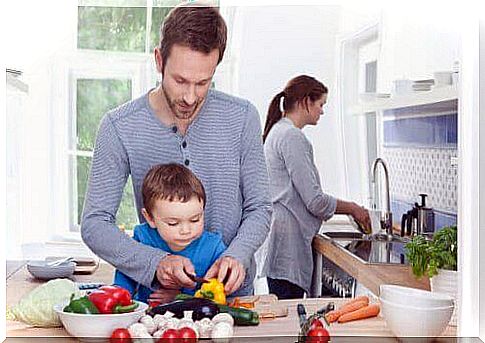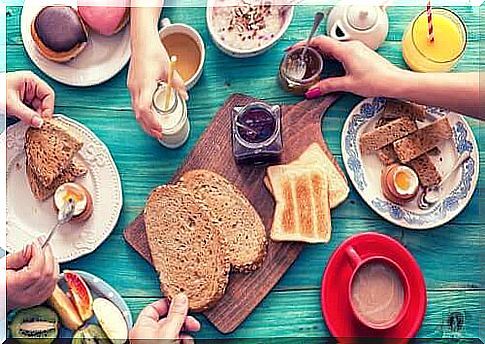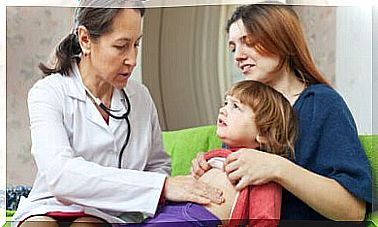6 Reasons To Cook With A Child

It is common for cooking in homes to be left to parents alone. Children are either not interested in cooking or parents want to keep them out of the kitchen for safety or convenience. However, cooking together with the family has its own benefits, and today we share six reasons to cook together with the child.
6 reasons to cook together with a child
1. The child learns to take responsibility and appreciate teamwork
Most families prepare breakfast, lunch, and dinner at about the same time each day. When family routines are well organized and each family member performs their own duties, the child learns to take and take responsibility – for he or she must also perform his or her own chores on a daily basis at the agreed time.
It is clear that at first the child will not be able to perform independently the tasks assigned to him or even the preparation of a simple meal. However, parents can teach a child certain ways and help him or her develop in a variety of roles. As you grow up, your child learns to appreciate teamwork, and in addition, performing tasks appropriate to your age increases his or her self-confidence and self-esteem.

2. The child learns to understand the importance of organization
Cooking together requires teamwork. For a meal to be prepared with honor, all participants must communicate with each other and work as a team towards a common goal. Choosing a dish requires cooperation. If the child is small, it is primarily the responsibility of the parents to decide which meal to prepare, but it is sometimes worth discussing with the child what he or she would like to prepare and eat.
Cooking together as a family required organization, patience, and respect. Each of these factors plays an important role in making cooking a fun activity for the whole family. Especially in the beginning, adults are responsible for most of the tasks, and a child can start, for example, by organizing things, measuring raw materials, and covering the table.
3. Working together improves the atmosphere of the home
It is said that a family that eats together stays together, and the same utterance can also be applied to cooking. On a busy day, there may not be time for a shared cooking moment, but parents should make sure the family has the opportunity to prepare and eat a delicious meal together, even on weekends.

4. Cooking increases patience
It is typical for children to want everything right now and now. Many of the children’s activities and activities are impulsive, which is completely natural – each of us behaved the same in our own childhood. The problem is that the child often expects the world to react at the same rate as he or she is acting.
A child may be annoyed when they are hungry or when the food is not on the table at the exact moment they want. When a child is allowed to help his or her parents in the kitchen, he or she learns that meals do not appear on a plate out of magic, but take time and effort to prepare.
5. Cooking feeds a child’s imagination
By preparing food, your child will also learn that different foods are full of different possibilities. It is easy to feed a child’s imagination with different types of ingredients and foods. By preparing, combining and serving a variety of dishes a child will discover the secrets and riches of gastronomy.
6. The child learns the difference between healthy and unhealthy food
It is good for a child to learn at an early age that the food he eats is fuel for his body and that certain foods are better fuel than others. Vegetables and fruits are in many ways healthy for both children and adults, and it is good for a child to learn to eat them at an early age. Processed food should be avoided and the child should be introduced to fresh and healthy ingredients. Even a small child can be talked about the benefits of healthy foods.









